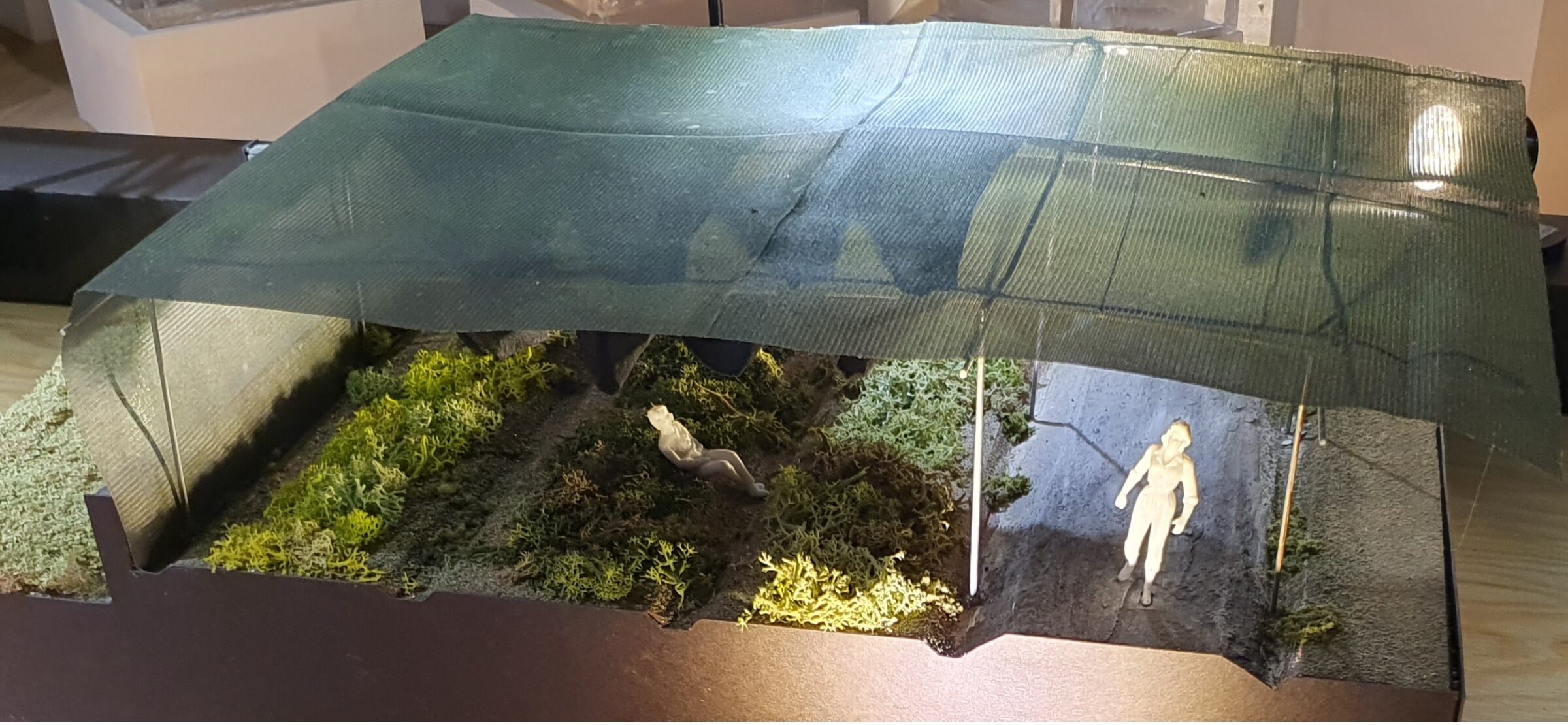Dr Toby Mottram FREng, FIAgrE
After a career in farming and engineering I decided I wanted to contribute my expertise to solving the biggest problems in the UK providing fresh, healthy food in a rapidly changing climate. In my opinion UK Government sponsorship of agricultural research has had very little impact on farming and quality food production that has diminished in my lifetime. The reasons for this failure would take an angry book to discuss. I prefer to be active by doing what I think is important on my own land and lead by practical example.
The key things I want to work on are:-
- the loss of connection of the people from the ability to grow food
- the overuse of agrochemicals
- the changing climate particularly in rainfall patterns
- the improvement of soil carbon levels
- the production of vegetables and fruit throughout the year
- reducing the drudgery in field work with robotic tools
In 2022 after a long search during those strange isolational years I managed to buy an unnamed field in Devon. I chose it for its South facing aspect, fertile Pebblebed soil and easy access from a busy main road. It is not far from Exeter and I suspect that in a few years it will effectively be a green island in the suburban sprawl favoured by the District Council.
My first actions were to give the field the name Robot Hayes to reflect my aims, plant shelter belts to reduce wind damage in the long term, install a polytunnel to extend the growing season and a lockup container for tools and seeds. I divided the best part of the land into 48 x 100 sq m allotments and began renting these out to local people. That brings a whole different aspect to the field which I suspect was basically a sheep run and hay field without a single human for 360 days a year.
After adding some solar panels I was able to install a small robot inside the polytunnel to manage the vegetables with image processing and controledl watering and weeding. In the second winter I began planting fruit trees and vines. Of course the first things that happened was a heatwave in 2023 and then a wet wet growing season in 2024. This convinced me more and more that the management of field crops in the UK needs to adapt.
The heavy rain that seems to becoming common is now capable of damaging growing plants and washing away topsoil. Although average temperatures are rising we also get sudden bursts of polar wind that can cause frost damage.
So we need to integrate more rows of sheltering bush perennial crops, shade and rainbreak covers, and ventilated polytunnels. This of course is in addition to planting, growing and weeding without resort to chemical warfare on the environment, while protecting crops from rabbits, deer and insects.








